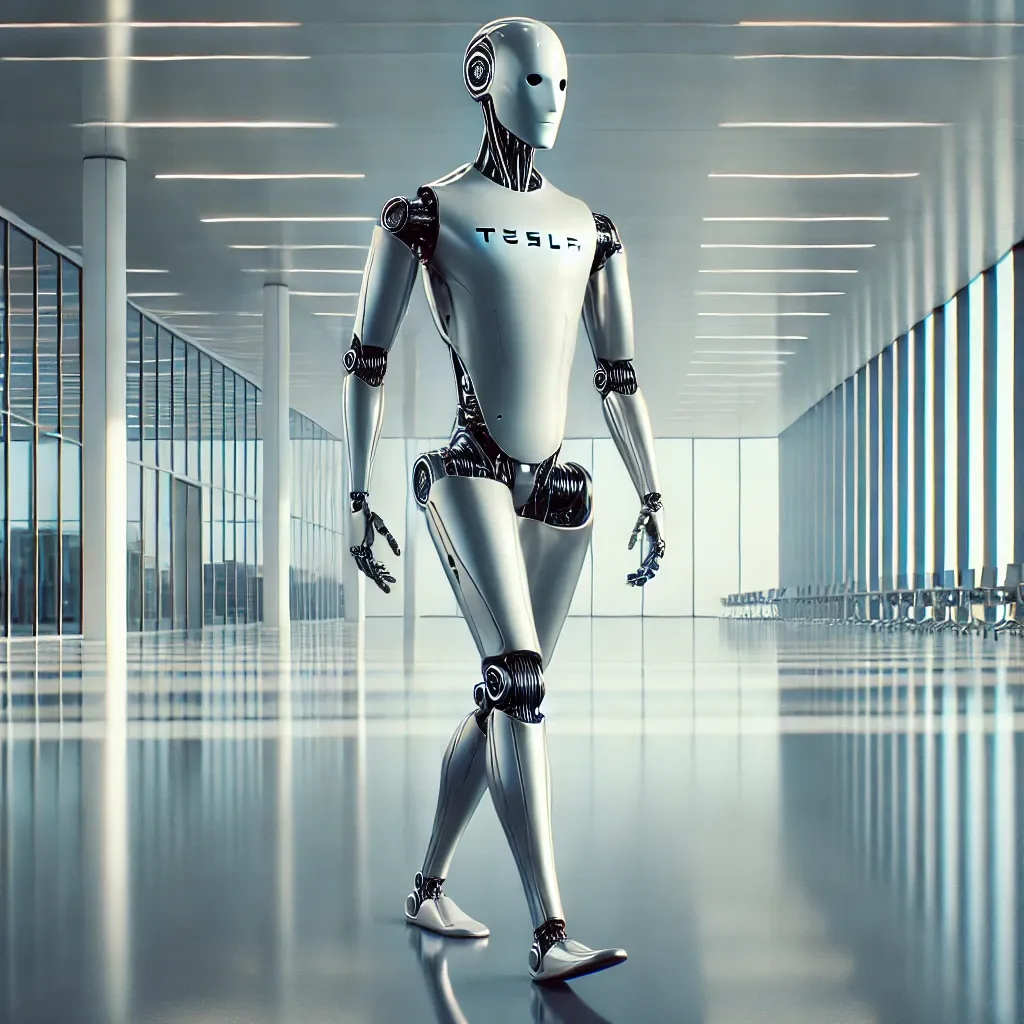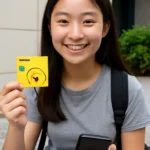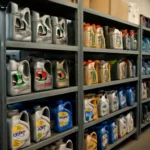Have you ever imagined a humanoid robot seamlessly navigating the tasks of daily life? Tesla Optimus is making that dream a reality. With advancements in autonomous movement, precise functionality, and exciting prototypes, Tesla’s Optimus robot offers a glimpse into a future where machines become more human-like in their abilities. In this article, we dive into three core aspects—Optimus Tesla Robot Walking, Tesla Optimus Robot Folding Clothes, and the latest Tesla Optimus Robot Update—to understand how Tesla is reshaping robotics with Optimus.
Optimus Tesla Robot Walking
Tesla has built a reputation for integrating artificial intelligence into high-performance machines, and the Optimus robot continues this trend. The walking mechanism of the Optimus robot highlights Tesla’s leap in humanoid mobility. Moving with a gait designed to mimic human steps, the Optimus robot ensures fluid, stable movement even on uneven surfaces. This walking capability is crucial not only for industrial and commercial applications but also for home use, where adaptability is key.The technology behind the Optimus robot’s walking mechanism is impressive, blending:
- Precision actuators for smooth joint control.
- Real-time neural networks to adjust movement based on environmental changes.
- Vision-based sensors that map surroundings dynamically.
- Balanced weight distribution for stability on slopes and stairs.
- Energy-efficient motors that extend operating time without compromising on performance.
With each iteration, the walking ability of the Optimus robot improves. Tesla’s focus on walking ensures that the robot can perform not only repetitive industrial tasks but also more intricate jobs, such as navigating complex indoor spaces autonomously.
Tesla Optimus Robot Folding Clothes
Beyond walking, the Optimus robot is demonstrating Tesla’s ambition to integrate robots into everyday chores. One of the most intriguing applications revealed in recent demonstrations is the robot’s ability to fold clothes efficiently—a task that may seem simple but poses significant challenges for automation due to the flexibility and variability of fabrics.To achieve this, Tesla’s engineers equipped Optimus with advanced features:
- Tactile sensors to identify fabric type and adjust grip accordingly.
- 3D cameras to assess the size and shape of garments in real-time.
- Adaptive algorithms that modify folding techniques based on clothing type (shirts, pants, towels).
- Soft-closing grippers to prevent damage to delicate fabrics.
- Learning-based software to improve folding accuracy over time with use.
This capability not only shows the potential for home assistance but also opens the door for commercial applications in laundromats, hotels, and manufacturing facilities. The vision of Optimus as a household helper becomes more tangible as it masters such nuanced tasks, saving people valuable time and effort.
Tesla Optimus Robot Update
Tesla remains committed to regularly updating the Optimus robot to align with both market needs and technological breakthroughs. The latest updates in the Optimus robot program include improved hardware and software, ensuring the robot stays on the cutting edge of robotics innovation. In particular, the latest version focuses on:
- Faster processing speeds that enable quicker responses.
- Improved AI frameworks allowing smoother interaction with humans and machines.
- Modular actuator designs for easier repairs and upgrades.
- Extended battery life to support longer operational hours.
- Advanced cloud integration for real-time updates and new feature deployments.
Tesla has also indicated that future iterations of the Optimus robot will offer more customizable options, allowing users to program specific functions based on their needs. For industrial clients, this means specialized tools can be added to perform assembly-line tasks; for personal users, the robot may take on personalized home duties.The latest demonstrations by Tesla give a sneak peek into what’s next for Optimus, promising robots that move faster, learn quicker, and become even more versatile. With each update, Tesla positions Optimus not just as a novelty but as a functional, reliable, and adaptable assistant for everyday life.
Conclusion
Tesla’s Optimus robot stands at the intersection of innovation, practicality, and possibility. By walking efficiently, handling delicate tasks like folding clothes, and incorporating continuous updates, Optimus offers an exciting glimpse into how robotics will transform industries and homes alike. As Elon Musk famously stated, “The future belongs to those who believe in the beauty of their dreams.” With Tesla at the forefront, these dreams are becoming reality.Whether in a factory or a home, the Optimus robot has the potential to make life easier and more efficient. It’s not just about automation—it’s about empowering people to focus on what matters, leaving repetitive tasks to the robots. Tesla’s Optimus marks the beginning of a new era in robotics, one where the lines between science fiction and reality blur. Are you ready to welcome a robot into your life?






